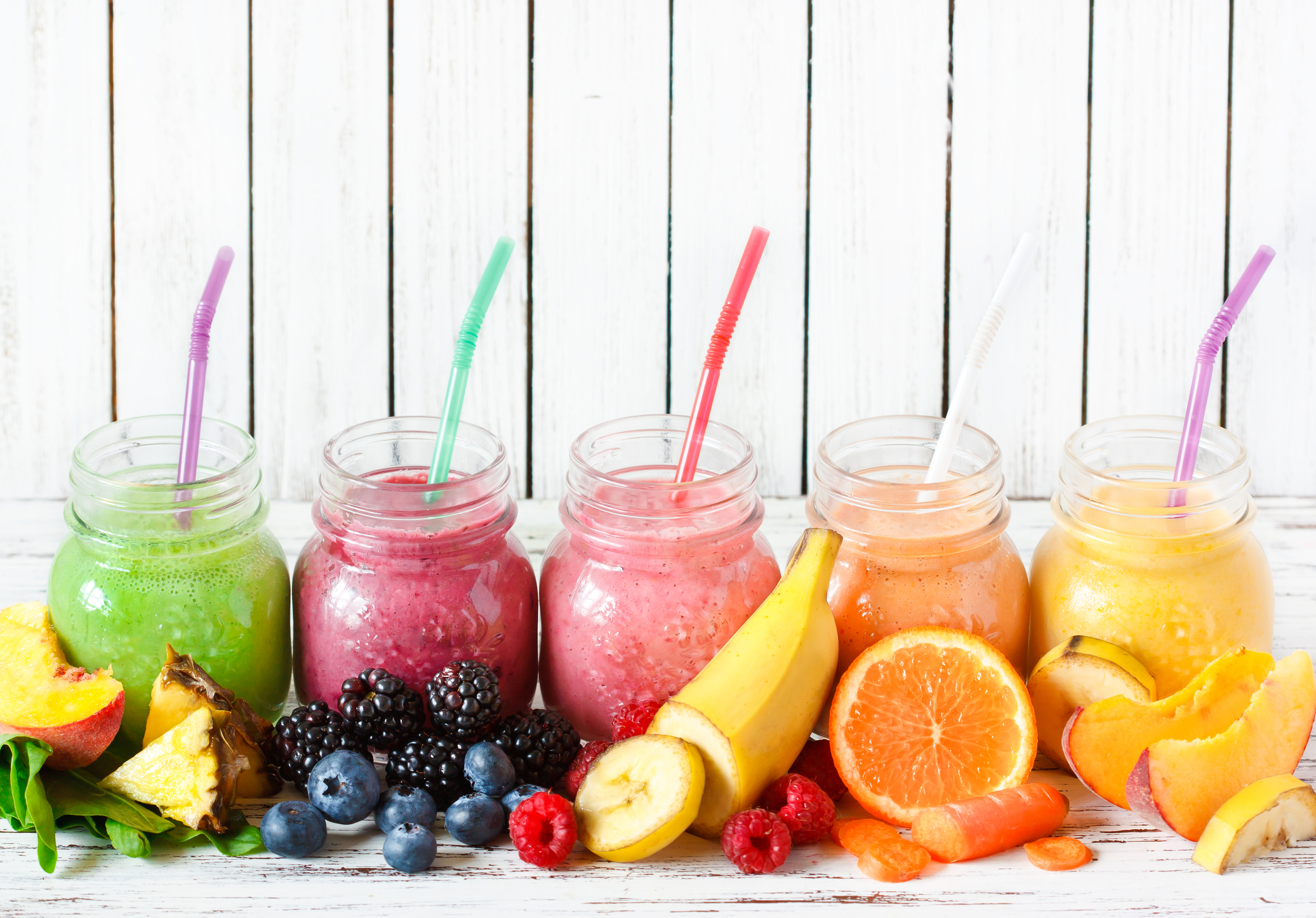Smoothie - Still An Old Time Favourite
Feb 10, 2017
Posted by: Monique Parker

When I studied nutrition in 2008, the word ‘smoothie’ wasn’t even mentioned in the course, but over the years they have become incredibly popular. But did you know that smoothies were actually around as far back as the 1900’s?
If you would like to know the history of the smoothie, check out this website https://www.healthysmoothiehq.com/smoothies-history-what-every-smoothie-maker-should-know
There are so many recipes for smoothies around. Books, websites, blogs, you name it.
I never really follow a recipe though, but I look in the fridge and combine whatever I think goes together. For me, fixed ingredients are always unsweetened almond milk and nut butter, to make sure there is protein and fat involved.
This is my favourite smoothie:
- Big handful of spinach
- Handful of fennel, sliced finely
- Half an avocado
- 1 tablespoon almond butter
- Pinch of cinnamon
- 1 teaspoon vanilla extract
- 250ml unsweetened almond milk
So how can you put YOUR favourite smoothie together?
No need for recipes just choose something from the following groups:
Liquids
Your choice: nut and seed milks, green tea, herbal tea, coconut water, yoghurt, fermented drinks (e.g. kombucha or kefir), or filtered water.
Fruits and Vegetables
Leafy green options include spinach, kale, rocket, Swiss chard, pak choi, spring greens, beet greens, water cress and sprouts (alfalfa, buckwheat, sunflower etc.).
Fruit options include (fresh or frozen) avocado, tomato, apple, coconut, bananas, grapes, apple, watermelon, mango, peach, pear, oranges, blackberries, blueberries, raspberries, strawberries, pineapple, kiwi, melon, cranberries, cherries, melons, clementines, oranges, mango, papaya, passion fruit etc.
Vegetable options include cucumber, carrots, sweet potato, pumpkin, celery, squash, broccoli, courgette, etc.
Don’t go mad on the fruit. Two portions of fruit a day in your diet is enough, the other 5-7 portions a day should be veggies.
Nuts and Seeds
Nut and seed options include almonds, hulled hemp seeds, pistachios, flaxseeds, chia seeds, cashews, brazil nuts, hazelnuts, pecans, pine nuts, chestnuts, macadamia nuts, walnuts, sunflower seeds, sesame seeds, and pumpkin seeds.
Instead of using nuts and seeds whole, you can use nut or seed butter (1 tablespoon per person).
Natural Sweeteners
Natural sweeteners include dried fruit (e.g. dates), raw honey, maple syrup or coconut sugar. Sweeteners are not always needed as some fruits are quite sweet already. You don’t want to give yourself a massive sugar hit. Personally, I never use sweeteners.
Herbs and Spices
Herbs and spices to consider include fresh herbs (e.g. mint or basil), ground spices (e.g., cinnamon, nutmeg, cardamom) and even extracts (e.g. almond, mint, and vanilla). Rose water or orange blossom water are very nice too, but be careful as they can be overpowering if used too much.
Extras
Extras include citrus zest (e.g. organic lime, lemon, orange), hulled hemp, unsweetened coconut flakes, spirulina, maca powder, matcha powder (Japanese green tea), lucuma powder or raw cacao nibs and/or powder.
Protein
Adding protein powder to smoothies isn’t really necessary (for healthy adults). A lot of these powders often contain heavy metals, endocrine disruptors (e.g. BPA), artificial sweeteners, and other artificial food ingredients. Why use a protein powder when you can add whole foods (e.g. nut butter, nuts and seeds, hulled hemp, spirulina powder, leafy greens, broccoli etc.)?? Spirulina powder has 6 grams of protein per 1 tablespoon!!
If you have a medical condition that requires extra protein, in powder form, I would suggest a single ingredient protein powder without any extra added ingredients, flavours and/or sweeteners. E.g. pure hemp powder or rice powder.
What is your favourite combination? Email me at monique.parker@nutritionforyou.co.uk or visit our Facebook page @monutrition4u and leave a message.






